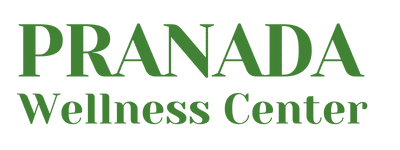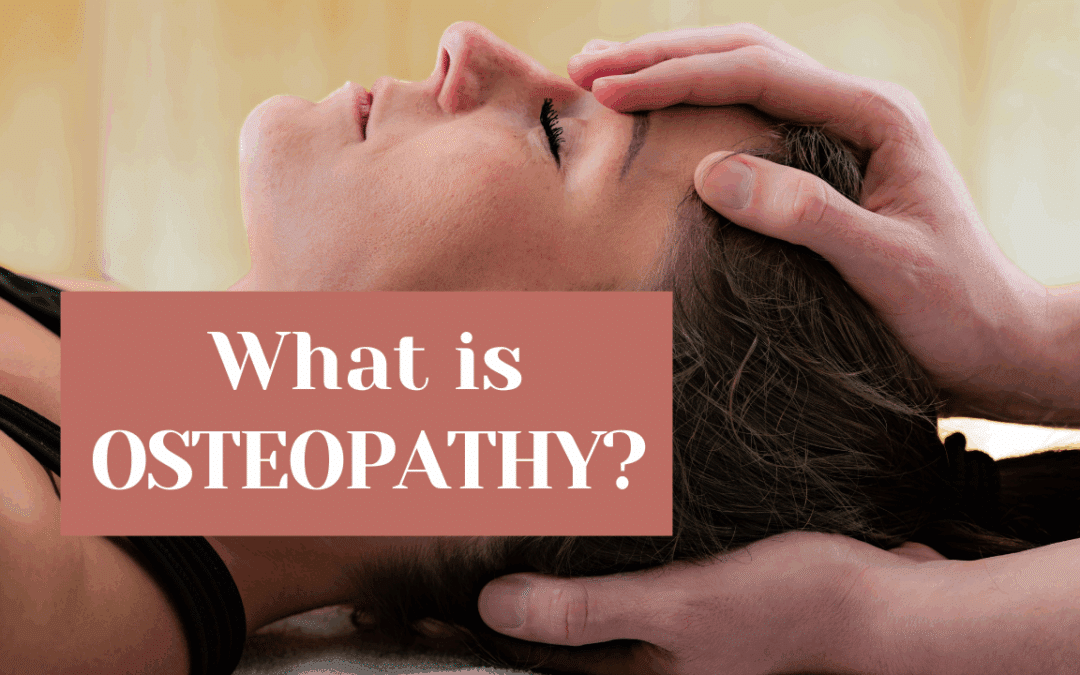What is Osteopathy?
Osteopathy is a philosophy, an art, and a science. In the United States, the study of osteopathic medical education culminates in a Doctor of Osteopathic Medicine (DO) degree which is equivalent to a Doctor of Medicine (MD) degree. Approximately 11% of all doctors in the United States are osteopathic practitioners. Osteopathy is unique from allopathic medicine in its holistic approach to medical care and its focus on health, wholeness, and total wellbeing of patients. Osteopathy recognizes the interconnectedness of all aspects of the being and sees the body as an integrated unit of function and motion. Osteopathic doctors consider the totality of the body, mind, and spirit and are trained to use their hands in the diagnosis and treatment of patients. During an osteopathic treatment, a practitioner will “listen” with their hands to understand how wholeness and healing can be supported in the patient. Osteopaths explore the health-giving aspects of a patient as well as looking at causes of illness. One of the foundational ideas in osteopathy is the belief in the body’s natural tendency for self-healing according to natural laws. Osteopathic doctors function to facilitate this process in their patients from a place of love and neutrality.
Founder of Osteopathy
Osteopathic medicine was founded by Dr. Andrew Taylor Still (1828-1917) in 1874. Dr. Still was dissatisfied with conventional medicine even believing that it could be harmful. He developed a system which developed on the basis that dysfunction could be eradicated by manipulating the musculoskeletal system (-osteon: bone; –pathos: suffer from Greek), studying man in the context of nature, and promoting the body’s natural self-healing capability.
Principles of Osteopathy
- The Breath of Life: The breath of life is an intelligent force which permeates everything. It is an invisible and subtle substance which expresses in all as multiplicity. This one substance which comes from unity breathes through all diversity. It is primarily a creative force which passes through everything undiminished and it is behind the manifestation of everything. The breath of life is also love. A foundational tenet of osteopathy is the wholeness of life, or perfection, this is created by the breath of life. The breath of life is compassionate, healing, and supporting, and a practitioner’s goal is to cooperate with the breath of life to establish the circumstances in which it can flow freely and express itself in the patient. As in its name, it is closely connected to breathing. In most people, breathing is normally disturbed. This disturbance can be of a physical, emotional, or spiritual nature. When this flow of the breath of life is disturbed, disease in the totality of the body may arise. Dr. William G Sutherland spoke of primary respiration which is a basic and fundamental system and process giving substance, dynamism, and vitality to the anatomy and physiology of the body, governed by the central nervous system. This process in turn is governed by the intelligence of the breath of life and this life giving principle is what orchestrates health and healing. An osteopathic doctor will work with the patient to remove the barriers to the free flow of the breath of life in the system.
- The Health: In osteopathy, the health is that part of ourselves that does not need healing. It is the reference point and the blueprint. The health is our indwelling and natural perfection, and everything is always perceived in relation to the health. It is steady and unchanging and ultimately, it supports dysfunction or disease in the body, driving it back to itself. Osteopathic philosophy holds that life is perfection and everything is alive because of perfection. Dr. Still was quoted as saying, “To find health should be the object of the doctor. Anyone can find disease.” The function and focus of osteopathy is to help patients in restoring health, a process which is guided by the breath of life and our inherent nature of perfection. The body has a natural capacity for self-regulation and self-healing. The goal of osteopathic treatment is to help the patient utilize its self-healing capacity to overcome disease and restore and maintain health. The health is directly connected to neutrality, another important principle in osteopathy. Both the patient and practitioner should establish inner neutrality while treatment is ongoing, and beyond.
- Natural Laws and Supernatural Laws: Dr. Still quoted in his autobiography, “Osteopathy walks hand in hand with nothing but Nature’s laws, and for this reason alone it marks the most significant progress in the history of scientific research.” God and nature are our teachers. Through nature we experience the nature of the divine; the supernatural intelligence. The supernatural laws govern the natural world and all manifestations in the natural world, including human beings, obey these natural laws. The natural and supernatural laws are inherently balanced and perfect, and as humans, we have that same inherent capacity.
Osteopathy embodies an approach to health, rooted in the unity of body, mind, and spirit. Founded by Dr. Andrew Taylor Still, its principles revolve around the inherent self-healing capacity of the body, guided by the breath of life, an intelligent force of love and vitality. Osteopathic practice respects natural and supernatural laws, aiming to restore health and wholeness by fostering cooperation with these inherent principles. An osteopathic treatment can be a journey towards wholeness and healing, perfection and love.
Article written by Mitchelle Lumumba
References
https://www.aacom.org/
https://cranialacademy.org/
https://www.osteopedia.uk/#gsc.tab=0
https://www.youtube.com/watch?v=e8diRYGxxsw

